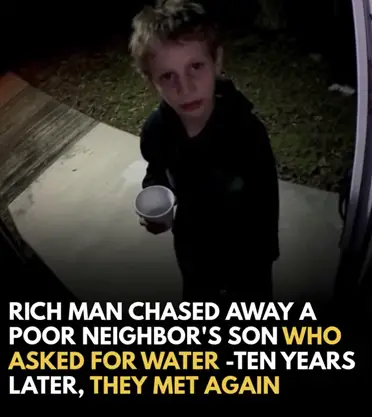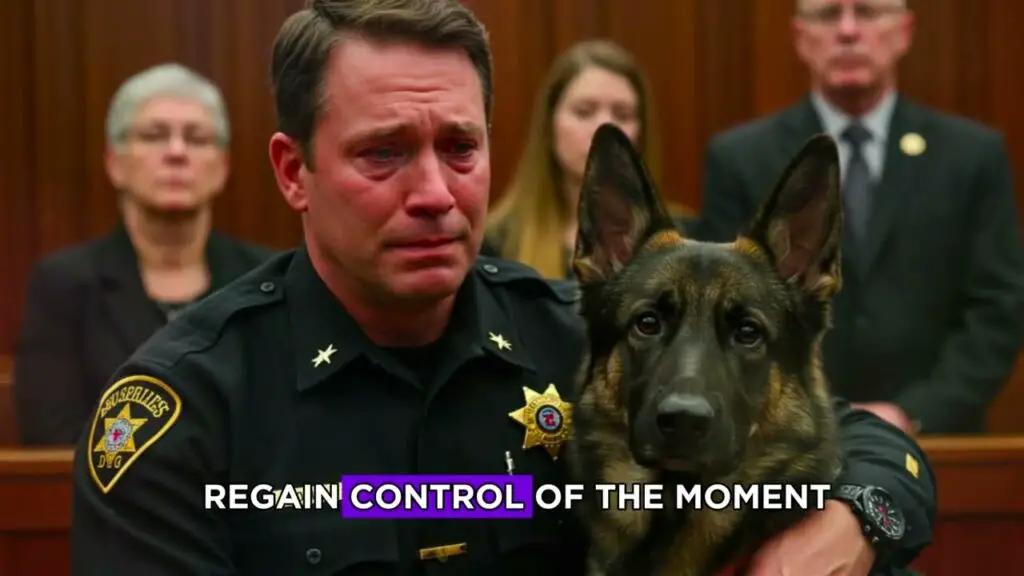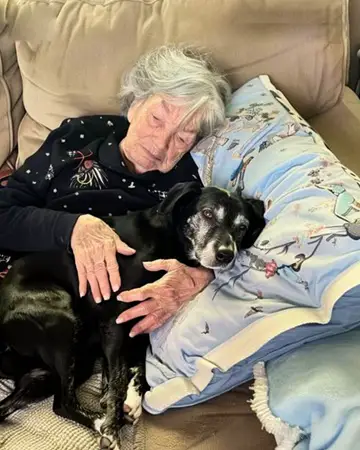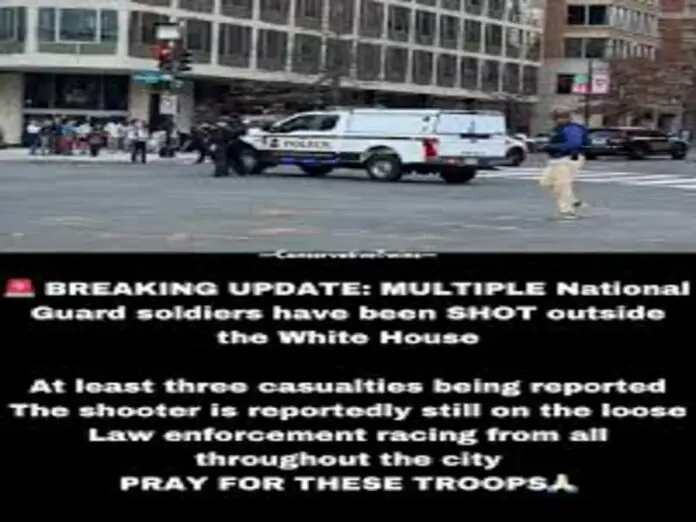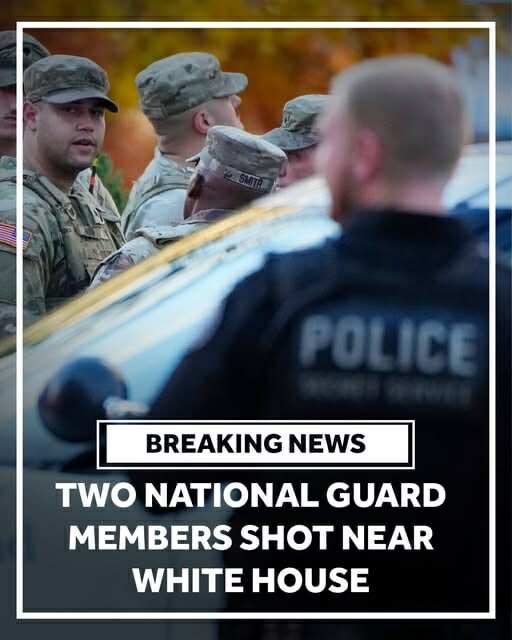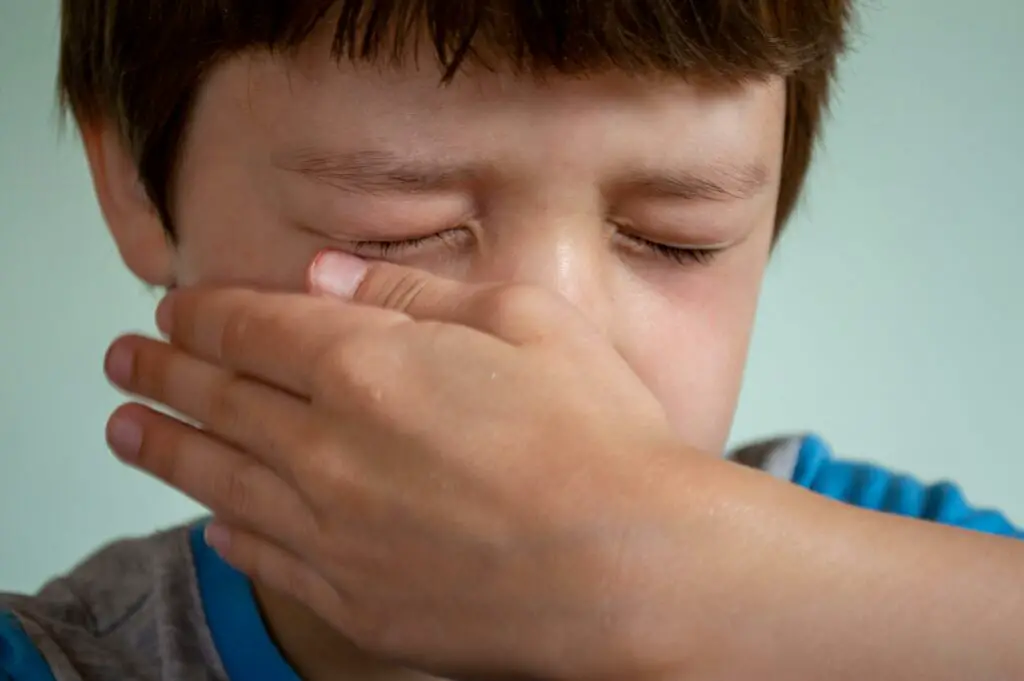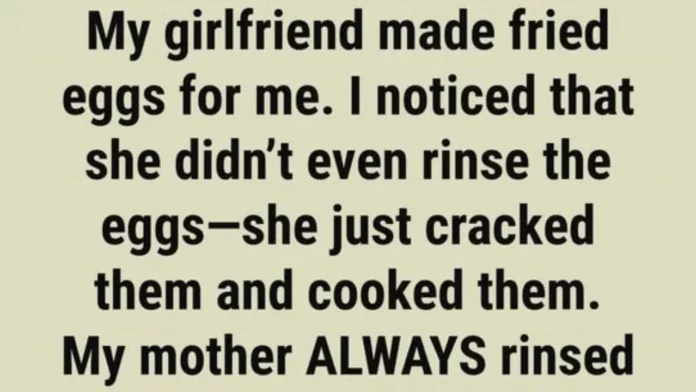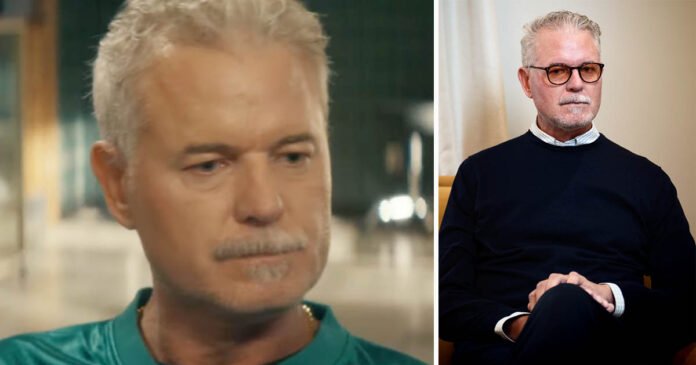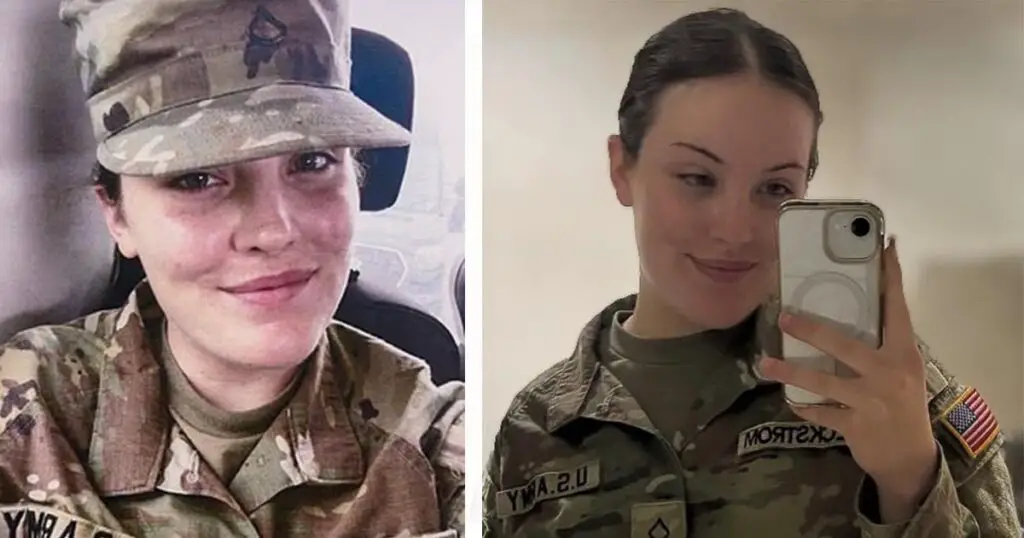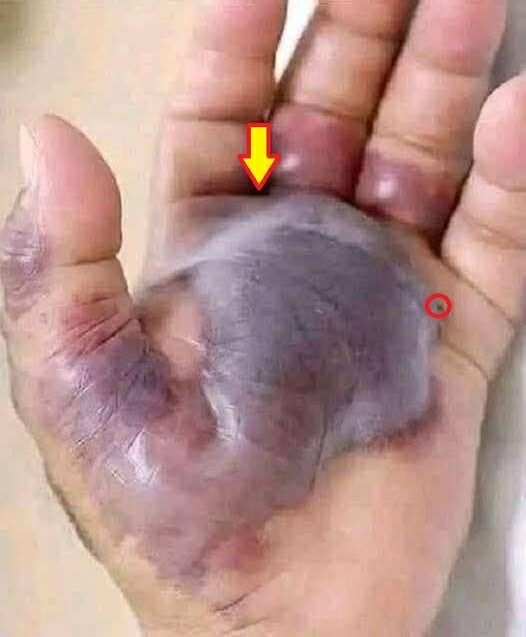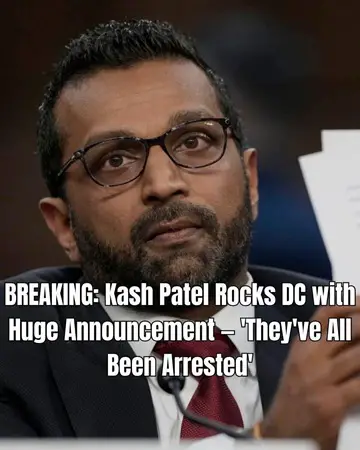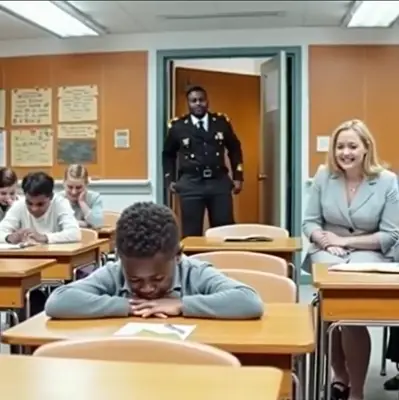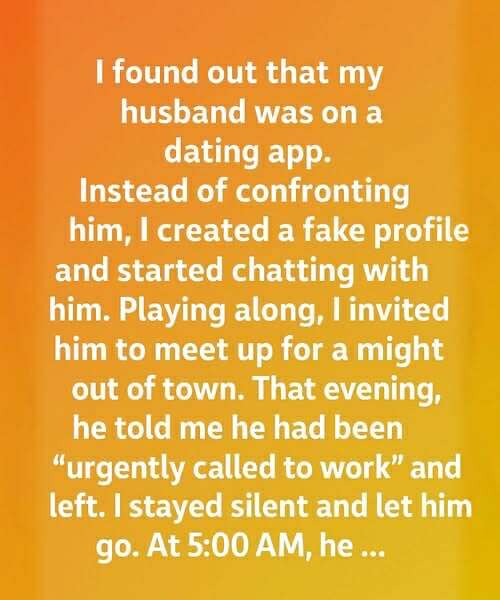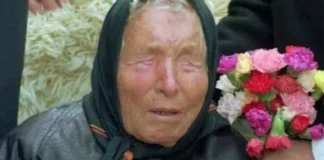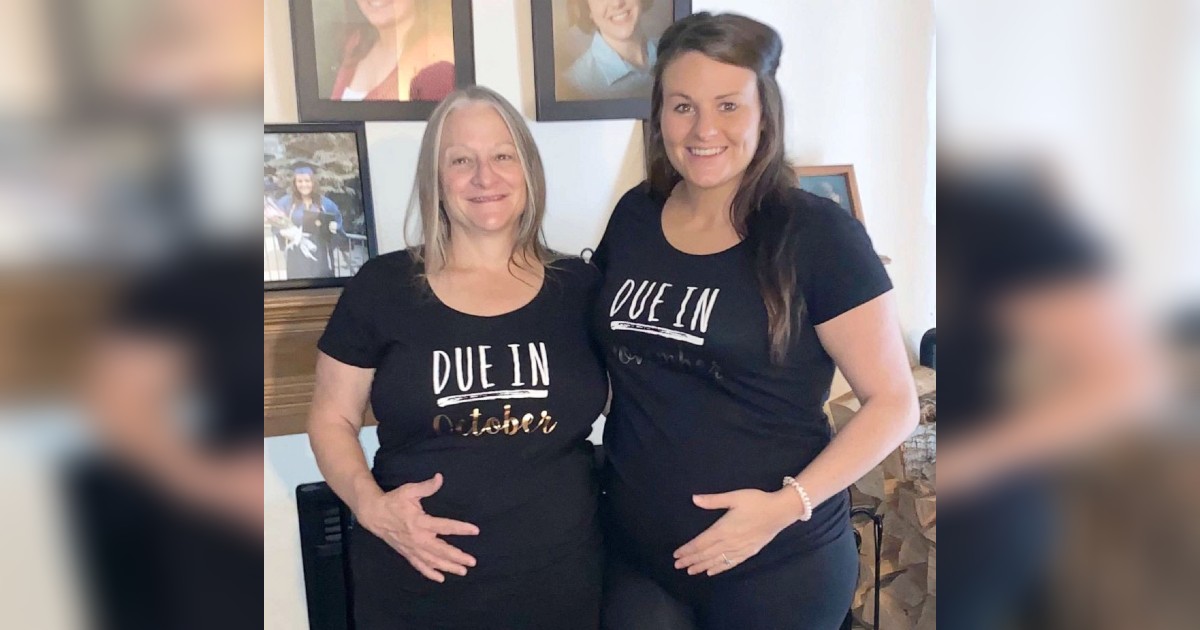A Fourth of July Favorite Faces a Frightening Recall: Kraft Heinz Turkey Bacon Recalled Deadly Listeria Risk
Just as millions across America gear up for backyard barbecues and festive grilling this holiday weekend, a sudden, sweeping recall has cast a shadow over the season’s celebrations. What was supposed to be a staple on countless grills — Kraft Heinz’s Oscar Mayer Turkey Bacon — is now the center of a major food safety alarm, with federal officials warning that it may harbor a silent but deadly threat: Listeria monocytogenes.
This isn’t your run-of-the-mill spoilage or a minor packaging slip-up. The U.S. Department of Agriculture’s Food Safety and Inspection Service (FSIS) has confirmed that nearly 368,000 pounds of turkey bacon have been recalled nationwide.
The potentially contaminated products include popular Oscar Mayer turkey bacon varieties in original 12-ounce packages, as well as larger multi-pack options (36 oz and 48 oz), commonly found in grocery aisles and fridges from coast to coast.

Listeria is no ordinary food bug. While many may shrug off mild symptoms like fever or muscle aches, for vulnerable groups — pregnant women, infants, seniors, and anyone with a compromised immune system — it can be devastating, causing miscarriage, meningitis, sepsis,
or even death.
What’s especially alarming is the timing. With the holiday weekend looming, this recall disrupts plans and stokes fears about what’s safe to eat. And despite no confirmed illnesses yet, authorities urge the public not to gamble with their health. If you’ve bought any of the recalled turkey bacon, throw it out or return it for a refund immediately. The contamination risk is invisible — the meat might look and smell fine, but that doesn’t mean it’s safe.
Retail giants like Target carried these products, and shipments extended beyond U.S. borders, reaching places as far as the British Virgin Islands and Hong Kong — making this a recall of international concern.
Why This Matters
This recall is a stark reminder that even trusted brands can falter, and we should never take food safety for granted. As Americans flip burgers and fire up grills this Independence Day, the episode highlights the unseen dangers lurking in familiar foods and raises urgent questions about how such contamination slipped through the cracks.
Stay vigilant. Check your packages twice. Because sometimes, the real threat isn’t what’s on the surface — it’s what you can’t see.
Please SHARE this article with your family and friends on Facebook.
Bored Daddy
Love and Peace


